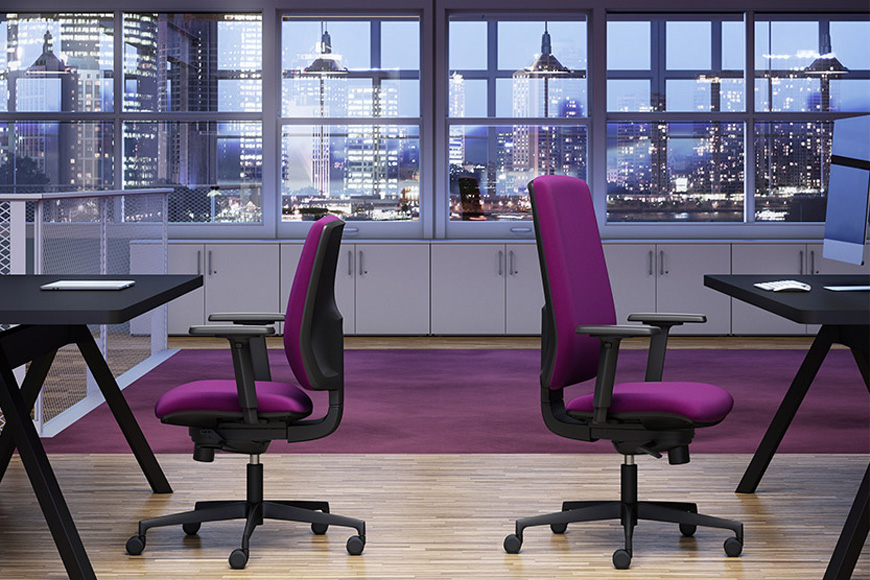Life is full of surprises, but the secret is to make them smile.
From the film “Barbie” directed by Greta Gerwig
The opening of the film ‘Barbie’ directed by Greta Gerwig captures the essence of the joys and challenges we face in life. And among these challenges, there is one that we often underestimate: our health and comfort in the workplace. The ergonomics of office chairs, an element that is often overlooked, plays an essential role in improving our quality of working life. But how is ergonomics intertwined with gender? And what features should an office chair have to suit the specific needs of women and men?
The office chair: a key role in occupational health
In the hustle and bustle of modern life, we spend more and more time sitting in front of screens and monitors. The office chair becomes our silent and constant companion, but its importance goes beyond its appearance. A proper office chair not only improves comfort, but also contributes to the prevention of musculoskeletal disorders and general well-being. This is what ergonomics, the art of designing the work environment to suit human needs, teaches us.
Gender adaptation: an ignored necessity
If there is anything Greta Gerwig’s film ‘Barbie’ teaches us, it is the importance of embracing diversity and valuing individuality. In ergonomics, this concept finds a solid basis. Gender differences should not be ignored when choosing an ergonomic office chair. The bodies of women and men can vary significantly, and this variation impacts posture and comfort.

It is therefore crucial that the chair is adjustable in all its aspects and is able to meet the uniqueness of each individual:
- Adjustable lumbar support: especially for women who have more pronounced lumbar curves, it is necessary for a comfortable seat to have support that adapts to different anatomical conformations.
- Adjustable headrest: a headrest that adjusts to the height and angle of the neck can help maintain a healthy posture during long working hours.
- Adjustable armrests: particularly important for men who tend to have broader shoulders, adjustable armrests allow greater adaptability to body size.
- Adjustable height: the ability to adjust the height of the chair is essential to accommodate the height differences of men and women.
Beyond gender, towards adaptability
Ergonomics is not limited to gender, but is based on individuality. A well-designed office chair, which takes into account the body differences between women and men, improves our quality of life in the workplace.
Ergonomics gives us the freedom to live and work in comfort, embracing the diversity that makes us unique. A ‘standard’ chair is therefore not the solution: it is important to find the customised office chair because it is an investment in health and well-being at work.













